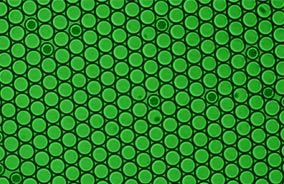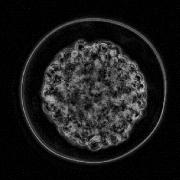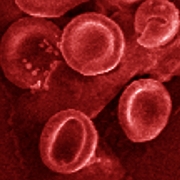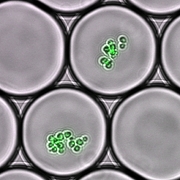|
The specific selection of hematopoietic stem cells is an important matter because they can contribute to cure malignant hemopathies and certain types of cancers, and they can also produce ex vivo red blood cells (Giarratana, 2005) that can be transfused to human being (Giarratana, 2011). But these cells are rare in peripheral blood, umbilical cord blood, or bone marrow, so it is necessary to recover them specifically. It already exists a lot of sorting systems for hematopoietic stem cells but there is only one for clinical applications in Europe: the immuno-magnetic cell separation cliniMACS.
The aim of this project is to develop a new cell sorting system for clinical purposes. We want to select progenitors and hematopoietic stem cells from peripheral blood, umbilical cord blood, bone marrow, or after cellular expansion.
Collaborations: UMR_S 938 and IRHT
Industrial partnership: Bertin Technologies
Funding: ANR STREAM
|





